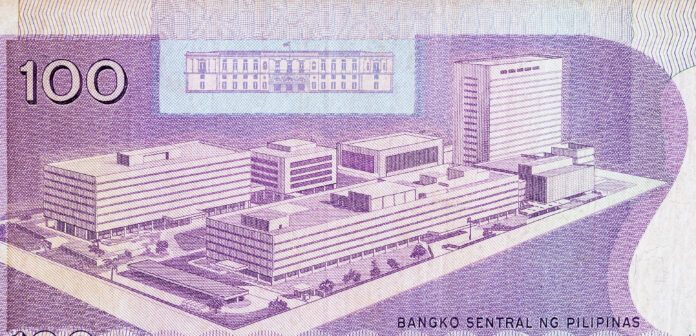The Bangko Sentral ng Pilipinas kept the rate at which it borrows from and lends to banks unchanged on Thursday at 6.25 percent but made it perfectly clear the policy-making monetary board will act as quickly as at its next rate-setting meeting in November and raise the policy rate should this be warranted.
BSP governor Eli Remolona made no bones about such a blunt approach to price pressure management best indicated by inflation, which the BSP projects easing towards the 2 percent to 4 percent target by yearend although it present path trends to the upside.
“To be blunt about it, yes,” Remolona said on whether the BSP would consider a rate hike in November when the MB meets again to decide which way interest rates would go over the 18-month policy horizon.
He emphasized that such an adjustment would always be based on data, but quickly pointed out that because present data trends to the upside for now the policy stance the MB has taken is that an interest rate cut is off the table at the moment even as “interest rate hikes are not off the table.”
According to Remolona, the BSP is prepared to pause and keep the policy rates where they are should this be warranted but at the same time he clearly indicated the BSP “is ready to raise the rates if price pressures are significant enough.”
He said transport costs are a big factor in the decision making process given, for instance, the anticipated hike in MRT 3 commuter fares and the court decision rejecting the Energy Regulatory Commission (ERC) stance disallowing the power companies from passing on to consumers inflation-induced adjustments.
MRT 3 has sought government approval of a hike in the minimum fare of only P13 at the moment to P16 and its maximum fate of only P28 to P34 instead.
BSP senior assistant governor Iluminada Sicat said inflation averaging 6.6 percent in the first eight months continues to trend higher and above the BSP target range but should ease around November.
She said when the BSP crafted its baseline projection for inflation, the moving parts to the complex equation did not include the proposed reduction in tariff for imported rice and its central role in food inflation whose rate has risen the most to 8.1 percent in August from only 6.3 percent in July.
“We considered only the risks when we crafted the baseline (inflation forecast),” she said.
All these discussions on inflation and interest rate adjustments mean the Filipino as consumer should prepare for continued elevated price of food and on electricity although the BSP commits to wield a blunt instrument called an interest rate hike to insure against runaway prices should such action be necessary as early as November this year and certainly within the first six months of 2024.
An interest rate hike is rated a blunt instrument because it hits the poor and rich individual alike, regardless of whether one was an entrepreneur or consumer.
This is because the various banks and financial institutions in the country refer to the policy adjustments of the BSP when extending loans to households or businesses.
Should Remolona make good on increasing the policy rate as early as this coming November when warranted by economic circumstance, then the Filipino as consumer should be prepared for it.







